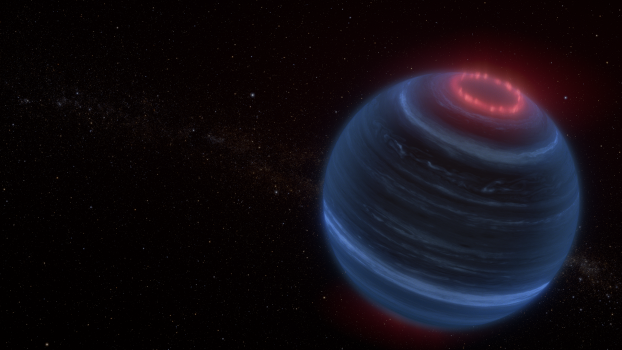Recently, a team of astronomers used Webb to observe a brown dwarf called W1935 and found an infrared emission from methane in the upper atmosphere of the brown dwarf. While this isn’t an uncommon detection, W1935 does not orbit a star — meaning there isn’t an obvious source behind the emission.
The team does have theories as to what could be causing the methane emission and one of the leading theories involves the production of aurorae in the upper atmosphere of W1935. The team believes that excess energy within the brown dwarf’s upper atmosphere could be what’s causing the emission, and after investigating the upper atmospheric environments of Jupiter and Saturn, the team found that the upper atmospheric heating that powers methane emissions from Jupiter and Saturn is linked to the production of aurorae.


